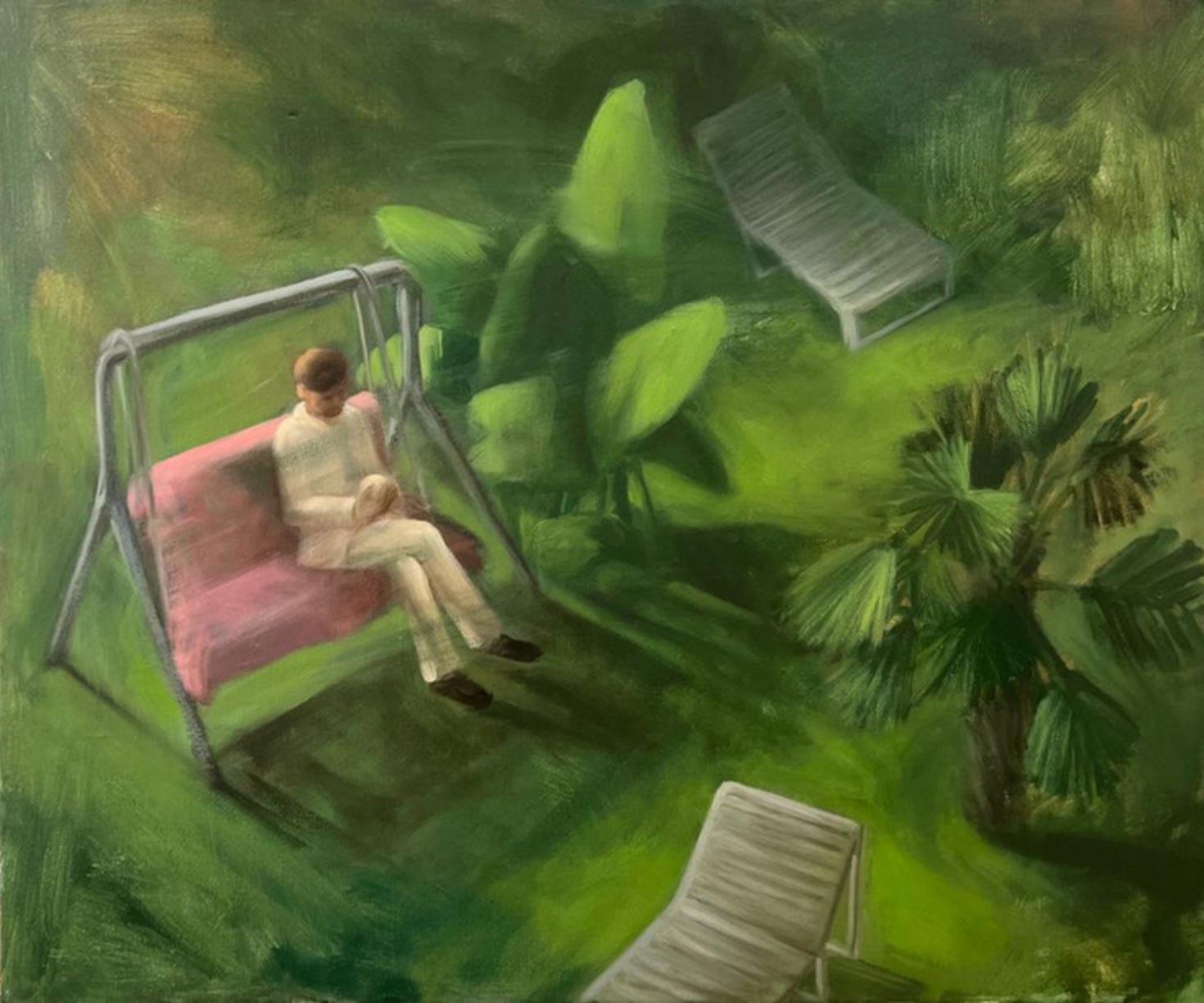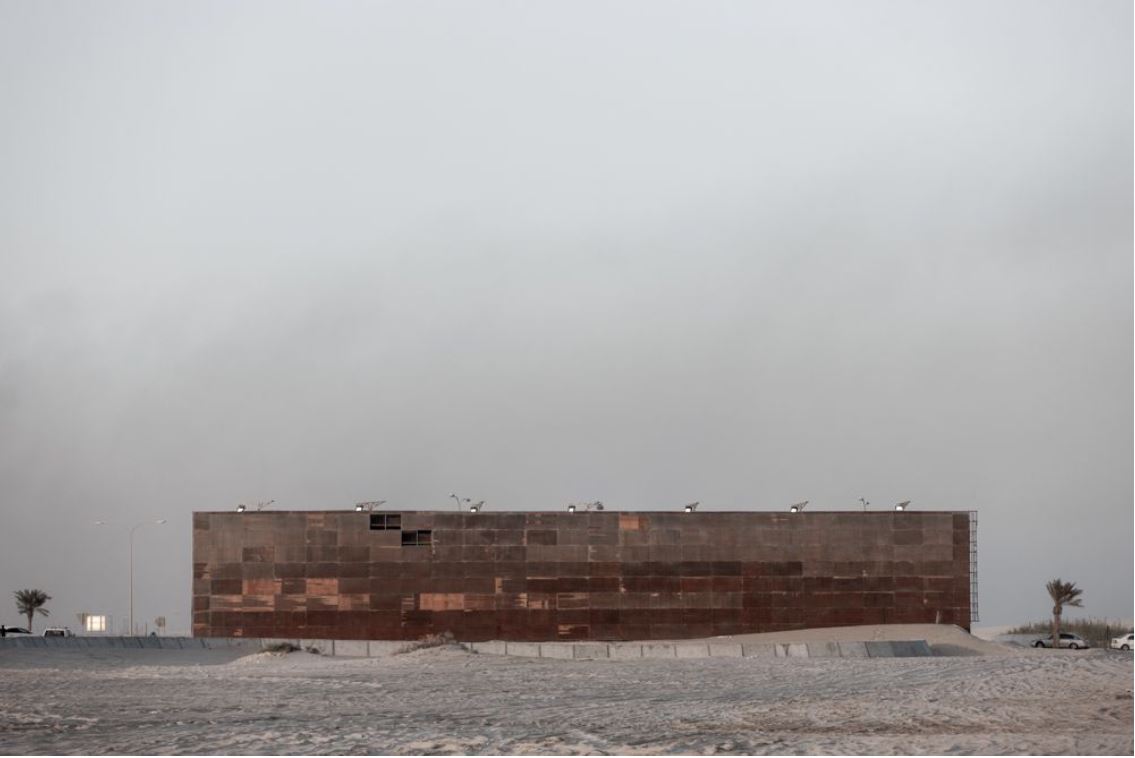FROZEN FOREST
22 – 26 | 11 | 2023
Nouri: 12:30-2:30 PM & 6:30-9 PM, advanced booking required, here.
Exhibition: 2:30-6:30 PM
Auditorium, Manarat Al Saadiyat
The exhibition and chef’s table investigate the relationship between the visual and culinary arts. It explores both the differences and the influences the artforms have on each other and their mutual relationship with nature.
The Auditorium will be transformed into an immersive, private experience.
Curator: Radicants
Cuisine: Michelin restaurant Nouri and chef Ivan Brehm
Artists:
Mariam Akhobadze (The Why Not Gallery)
Jaber Al Azmeh (Green Art Gallery)
Mohammad AlFaraj (ATHR Gallery)
Marcos Ávila-Forero (AND Galeria)
Nathaniel Aric Galka (Leila Heller Gallery)
Eva Jospin (GALLERIA CONTINUA)
Naeemeh Kazemi (Leila Heller Gallery)
Eeman Masood (Galerie Isa)
Marzia Migliora (Lia Rumma)
Arash Nazari (Leila Heller Gallery)
Aïcha Snoussi (Galerie La La Lande)
Patrick Van Caeckenbergh (Galerie In Situ-fabienne leclerc)
Water levels rise along with temperatures, rainforests are shrinking and species become extinct every day. The roots of this global crisis can be traced to the point when nature became a commodified good. The subordination of nature to the logic of capitalism and its monetary understanding as a unique value, led to a deep reconsideration of mankind’s relationship to nature. Commodified, all natural elements are used as materials, with a dramatic acceleration. It requires a collective response. But as we live in an increasingly polarized and dissonant world, collective logic becomes a privilege of those whose homes have safe enclosures.
Still, the commodification of nature is interlinked with the notion of territory.
Naomi Klein, in a seminal essay Let them drown (2016), analyzes the writings of the Palestinian thinker Edward Said, to whom environmentalism could have seemed a bourgeois preoccupation. Not because of ignorance or indifference, she argues, but because of the bandwidth: the environmental threat, real and tangible, is still a bit further than occupation and bombings. According to Said, the trees are weapons - planting them is a settler strategy (green colonialism), ripping them off, too. Freezing them, turning land into landscapes, is one of the manifestations of the commodity fetish: when Americans create Native Reservations, or when Indigenous rainforest inhabitants cannot cross the territories that were attributed to them, isn’t that a form of refusal of life while putting it on a map? For Naomi Klein, so much of Said can be given a contemporary reading - the othering of Arab and Muslim people (Orientalism) in the age of fossil fuel seems to be a perfect melody to all military interventions of the West in the Middle East.
The exhibition opens with one of the inhabitants of this "Frozen Forest": a captive sloth, filmed by Patrick Van Caeckenbergh, unconcerned and impassive until a zoo employee sprays him with a water hose. A 7 hours and 20 minutes long video gives us the opportunity to observe the nature that we wanted so much to submit. Another version of weariness could be seen in the works of Mariam Akhobadze, who paints her lonely protagonists in artificial gardens, among plastic chairs and swimming pools. The same artificiality can be seen in the works of Eva Jospin, using the codes of nature in a domestic landscape project, or the photographs of Jaber Al Azmeh, who documents the industrialization of the desert. Who owns the land? Is it the one who commodified what’s growing on it? In tsarist Russia, one would buy a land with its peasants, the serfs. Marcos Ávila-Forero collaborated with families of peasants from the Colombian ANUC, struggling to safeguard their cultivated lands, while Mohammad AlFaraj documented displaced people of three neighborhoods in Jeddah, where only trees were not allowed to be demolished... Some other artists track this evolution through the historical codes of representation, like Eeman Masood, referring to the tradition of miniature paintings, or Arash Nazari, whose work, inspired by the Shahnama (The Book of Kings) by Abu’l Qasim Firdausi, insists on the imprints of human figures on the environment. The saturated flower compositions of Naeemeh Kazemi, the iconography of abundance displayed by Marza Migliora, or the personal fable depictions of Nathaniel Aric Galka, all play with the historical styles used by artists to represent nature, while Aïcha Snoussi creates an imaginary civilization by respecting the codes of archeological research.
For this show, Radicants present artists who address their relation to nature and land. We collaborate with a selection of galleries participating at Abu Dhabi Art 2023, but venture deeper into the conceptual notion of a Frozen Forest through the work of chef Ivan Brehm, of Michelin starred restaurant Nouri and research center Appetite (Singapore): “Here, the collaboration critically explores the arrest and manipulation of edible landscapes, questioning our collective disassociation from the natural world we use for sustenance, but increasingly and almost exclusively, consider through the lens of pleasure. Nouri at the Frozen Forest will deliver dishes that explore human collaboration and the notion of scarcity, manipulation and dissonance that exist between modern societies and the natural world that supports them. The improvised intervention of a restaurant further muddles the conversation of the limits of food as art with diners sat within the exhibition space; one that takes advantage of already scheduled shipments and uses skeleton walls with the most standard materials”.
-Kuralai Abdukhalikova and Nicolas Bourriaud
RADICANTS







